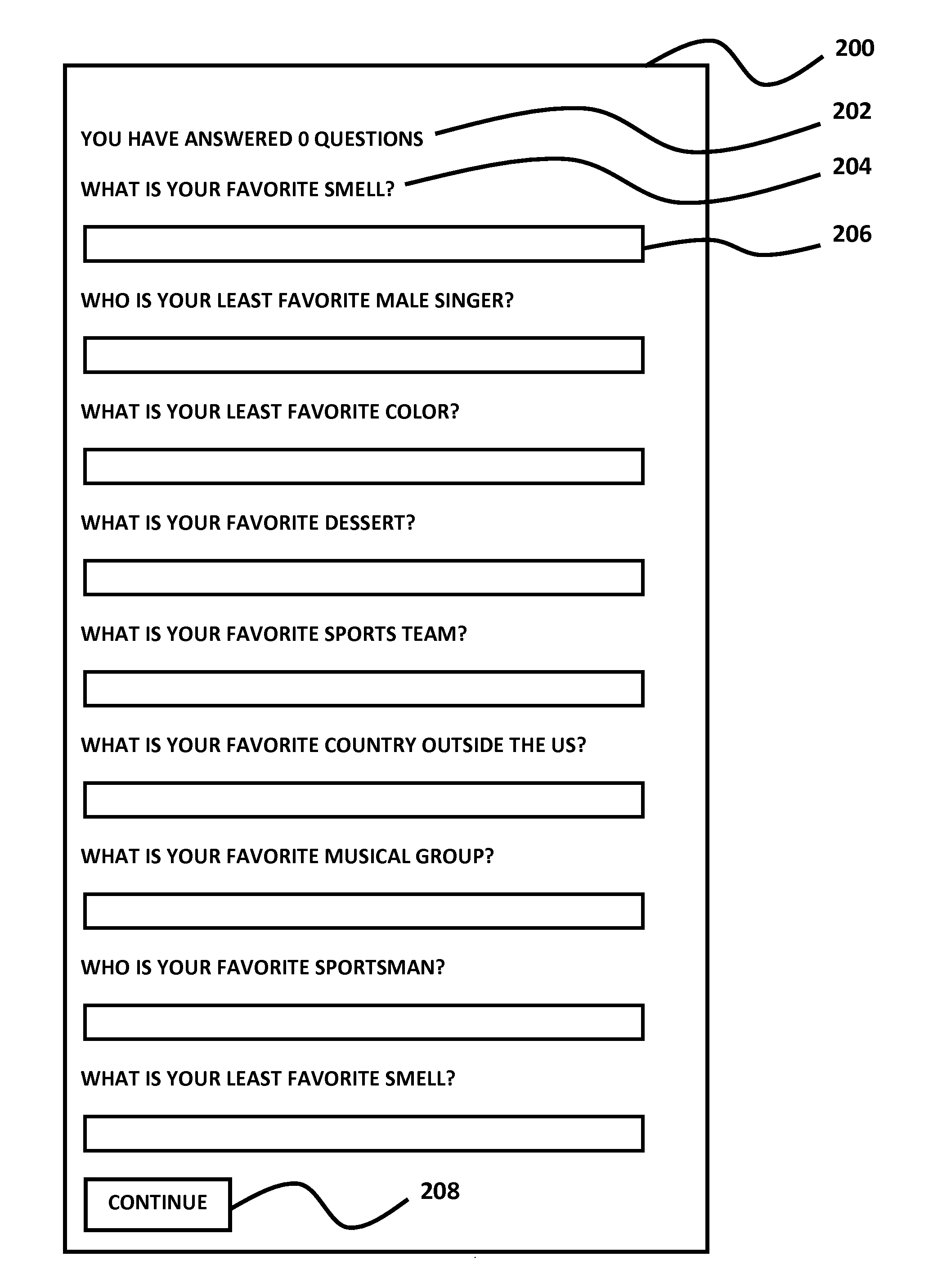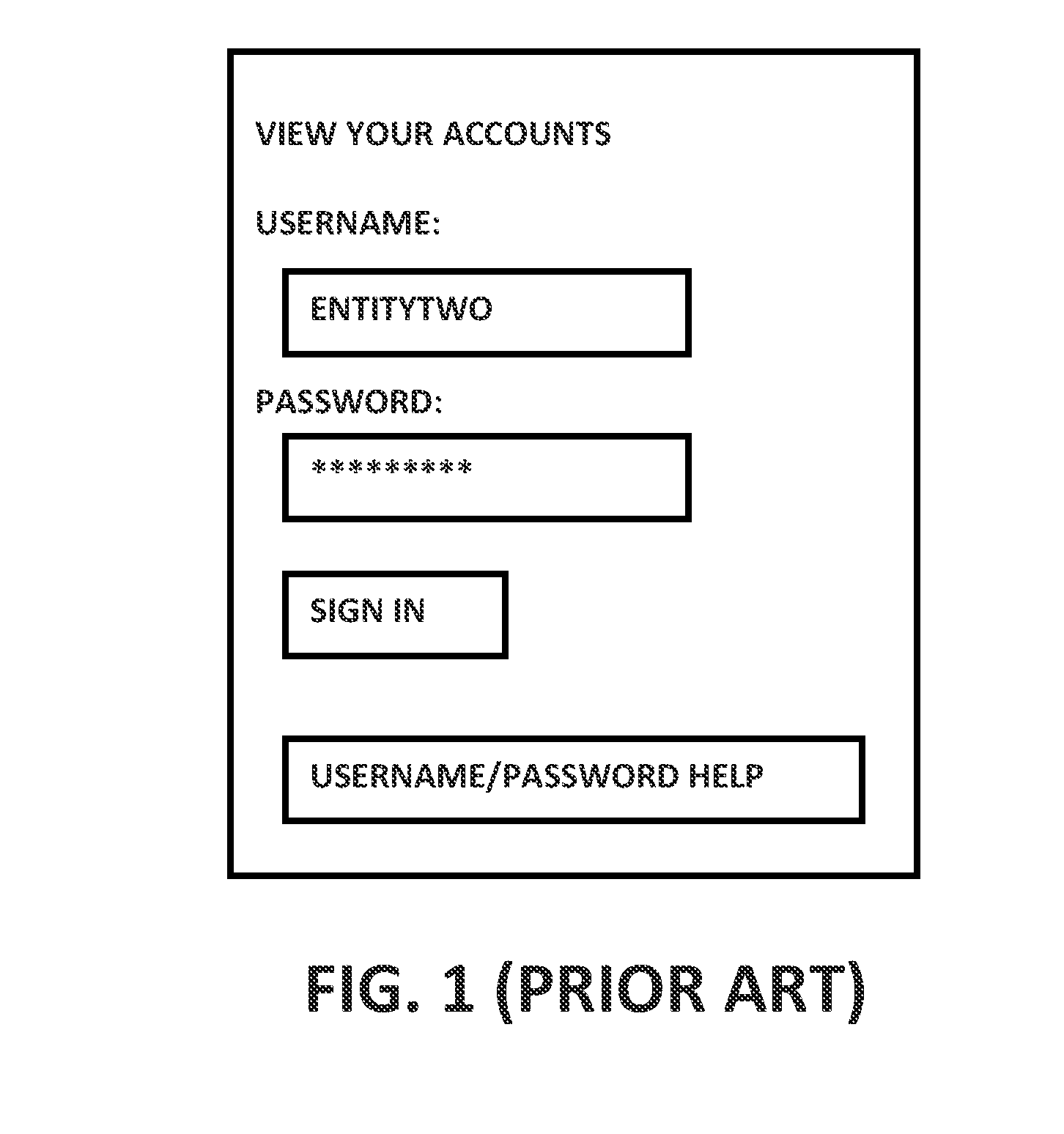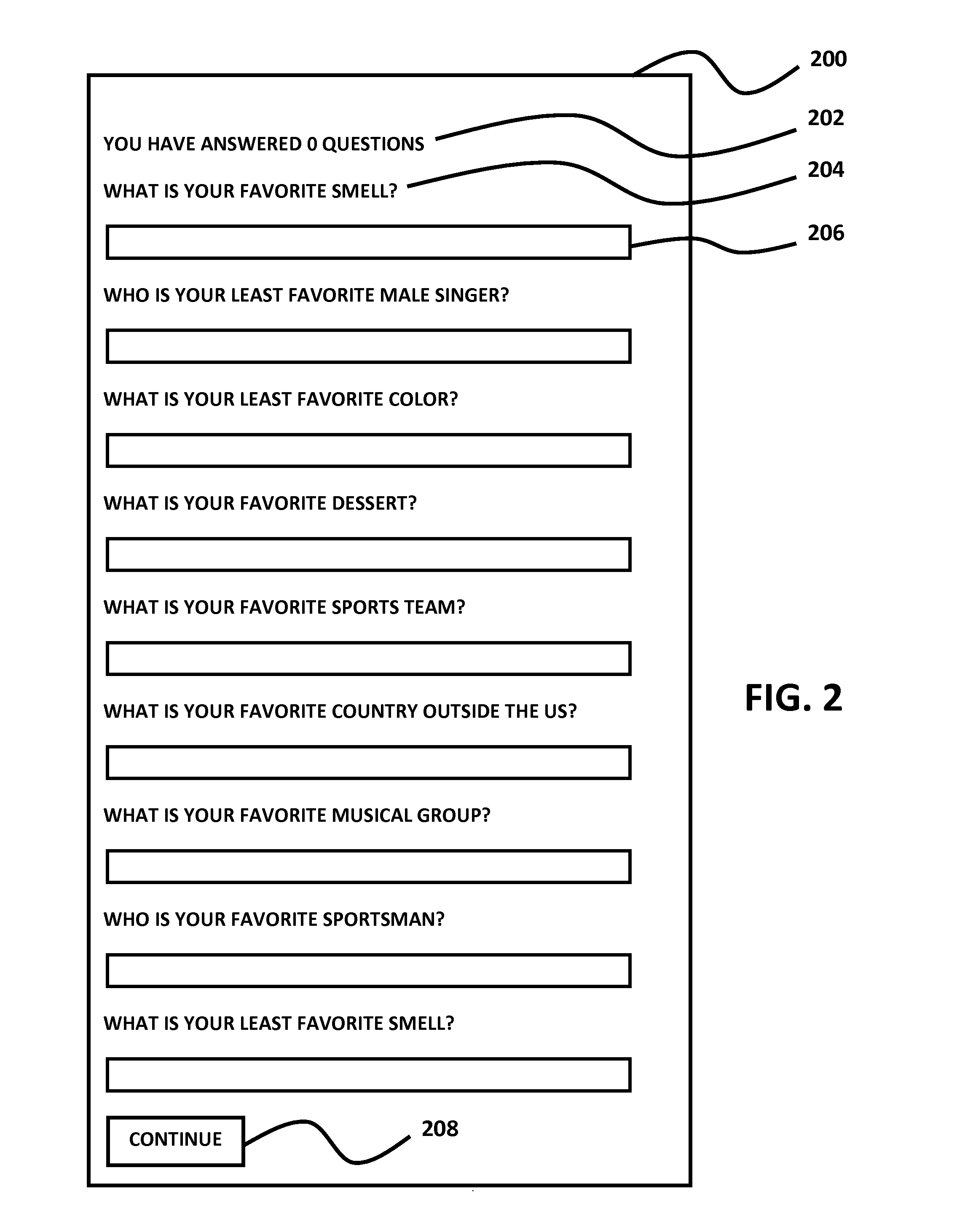While this form of security is simple and effective, protecting Roman garrisons 2000 years ago and financial systems today, it also has many flaws.
The biggest flaw with such systems is that they are too popular and common.
The common username /
password presents a huge risk for users and website operators because if the common username /
password is ever discovered or stolen by a
third party, that
third party could obtain access to all of the user's secure websites, which are often financial.
On the other hand, most users are incapable of keeping track of multiple different usernames and corresponding passwords.
Once again, if this “
list” of passwords is discovered or stolen, all of the user's secure information is at risk.
A second flaw relates to the use of blind
password entry.
Since a user cannot see what they are
typing for a password as they type it,
typing errors cannot be detected and access can frequently be denied by the secure website.
The same
security measure applies to legitimate users who have unknowingly mistyped their password three times. To the legitimate user, who may not know why they are suddenly barred from accessing their electronic
bank account and must contact their
bank to get the problem resolved, this can be a significant problem, especially considering the amount of time the user may be required to spend on the phone attempting to correct the problem.
A third flaw with the username / password system relates to the system's
vulnerability to
phishing attacks.
Since email accessed over unsecured
wireless networks can be snooped by criminals and physical mail can likewise be stolen, an enterprising criminal can often get the requested information before the legitimate user can do so.
The problem with this approach is that the users have to remember the answers to the questions they previously entered, exactly as they were entered.
If a user misspells an answer, they can create validation problems when they are required to answer the questions in the future.
This means that a user must not only memorize the username and password for the website, they must also remember the exact answers to the security questions, thus increasing the chances of a user making a mistake in future attempts to access a secure website.
The problem with the SITEKEY system is that it presents the user with a set of information—the username, the image, the image
label, and the password—that must be memorized in order to
gain access into a secure website.
While effective in theory, the administrative issues associated with such a system are significant and make it unrealistic for widespread usage.
Browser plugins are also provided, which seamlessly allow for usernames and passwords to be entered into various sites, however, these plugins tend to be created by unofficial contributors, and their validity is not ascertained by the KEEPASS
PASSWORD SAFE developers, it is up to the user to use them at his / her discretion.
While password managers are convenient tools for users that lessen the burden of memorizing passwords to different websites requiring a login for access, users still have to go through the trouble of creating a different username and password for each secure access website, many of which demand different
syntax criteria for usernames and passwords.
Under the
OPENID system, a user would typically have to create a new username and password to register for any website, which restricts access to a set of features.
While the
OPENID system has been adopted by large organizations, as mentioned above, the websites accessed with the
OPENID system typically do not demand the higher security levels of many other websites.
Most online banks and
credit card websites have their own username and
password management systems for security reasons, in order to prevent users' accounts from being compromised, which can damage a company's reputation tremendously.
Thus, while there exist systems such as OPENID that aim to provide ease of use by providing a single username and password to access the resources offered by different websites, the
threat of security vulnerabilities explains why more secure websites, such as online banks and
credit card companies, have not adopted the OPENID system.
Finally, an unsuspecting user making use of the OPENID system can also be subject to
phishing attacks, thus allowing the malicious user to
gain access to sites that support OPENID.
Despite all of its security features, the CARDSPACE system still has security flaws.
Users are still subject to
phishing attacks and the security
certificate of a website can be tampered with, making the user believe that the website being accessed is legitimate, thus allowing a malicious user to steal
verification and
authentication information from the user.
Many other secure systems have similar security flaws associated with their
access control systems that are being circumvented by criminals.
Users are asked opinion questions or similar types of questions, but given a limited set of choices for answers.
Hence, while Bagga et al. sought to improve the authentication technique by changing the nature of some of the questions, the same issues that exist with other systems, such as remembering an answer previously chosen among other equally plausible answers or remembering answers like PIN numbers.
 Login to View More
Login to View More  Login to View More
Login to View More 


